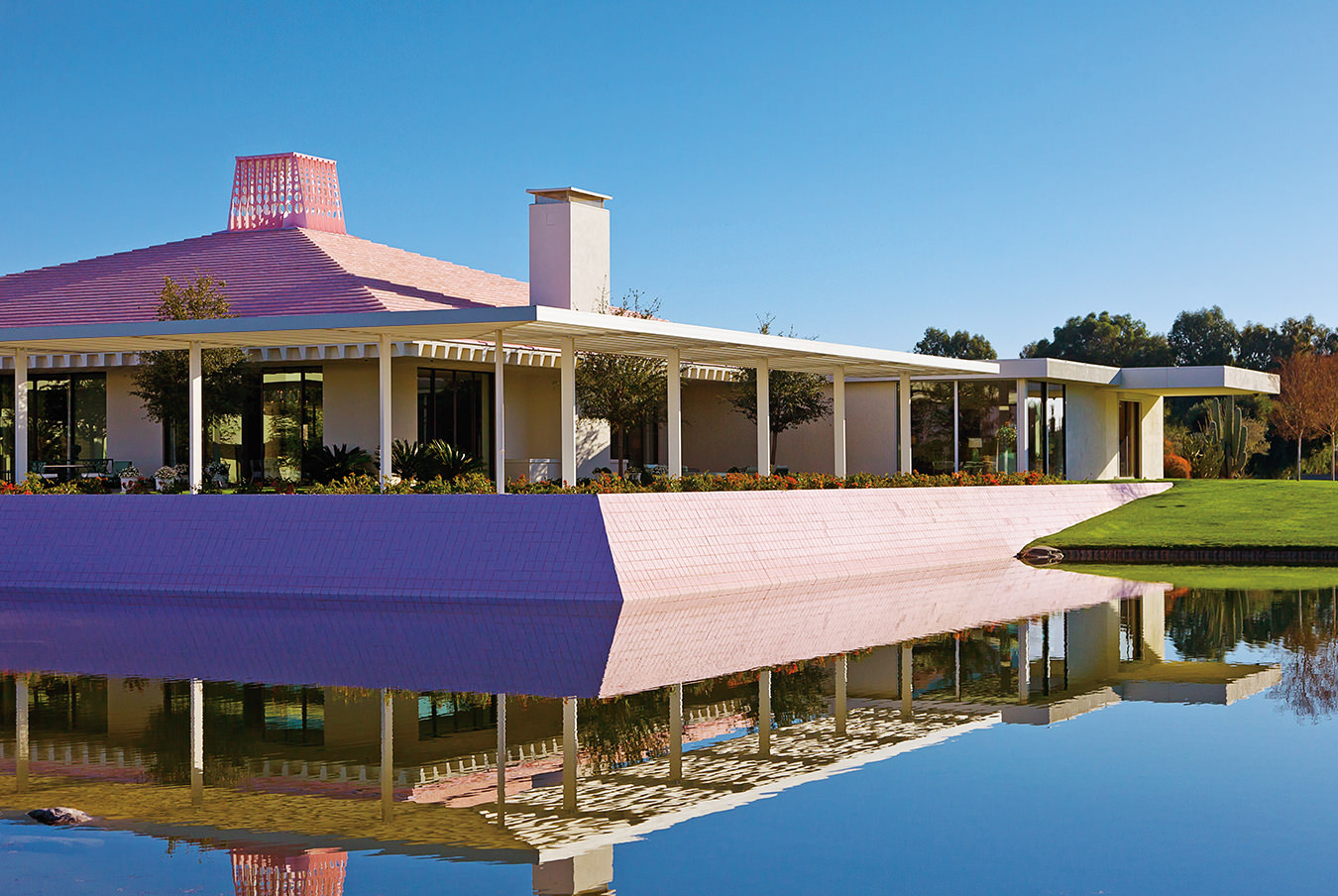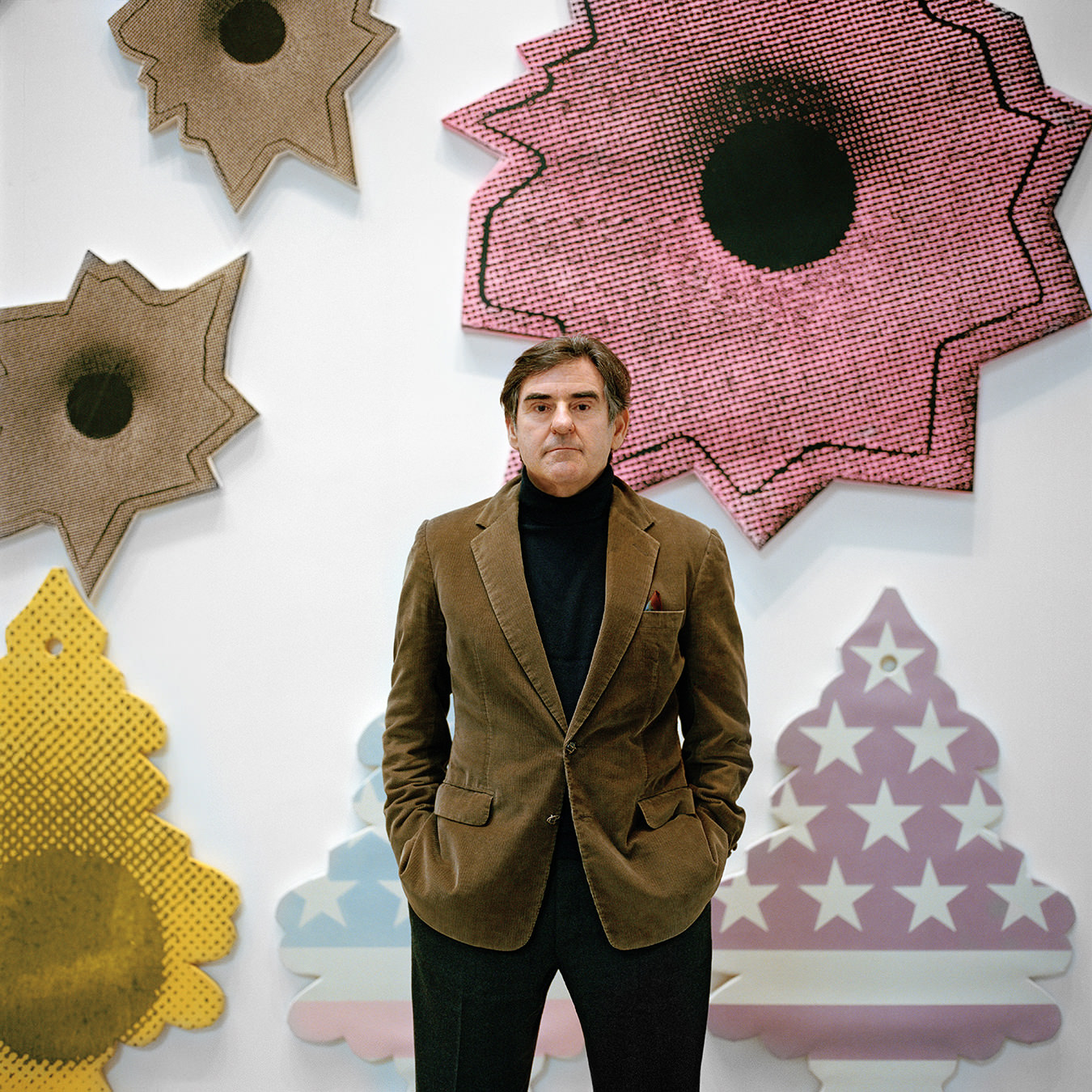-
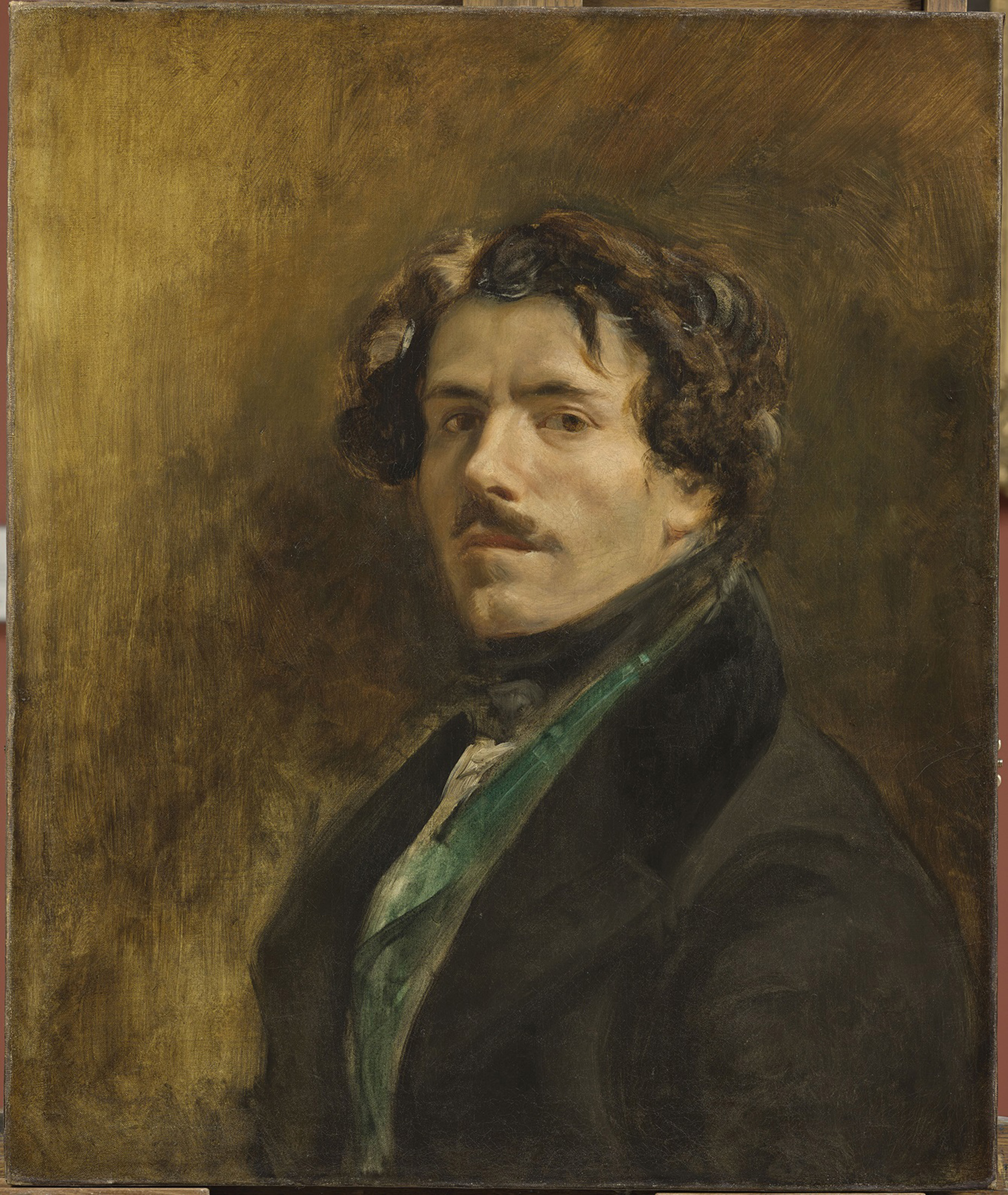
Self-Portrait with Green Vest, ca 1837.
-
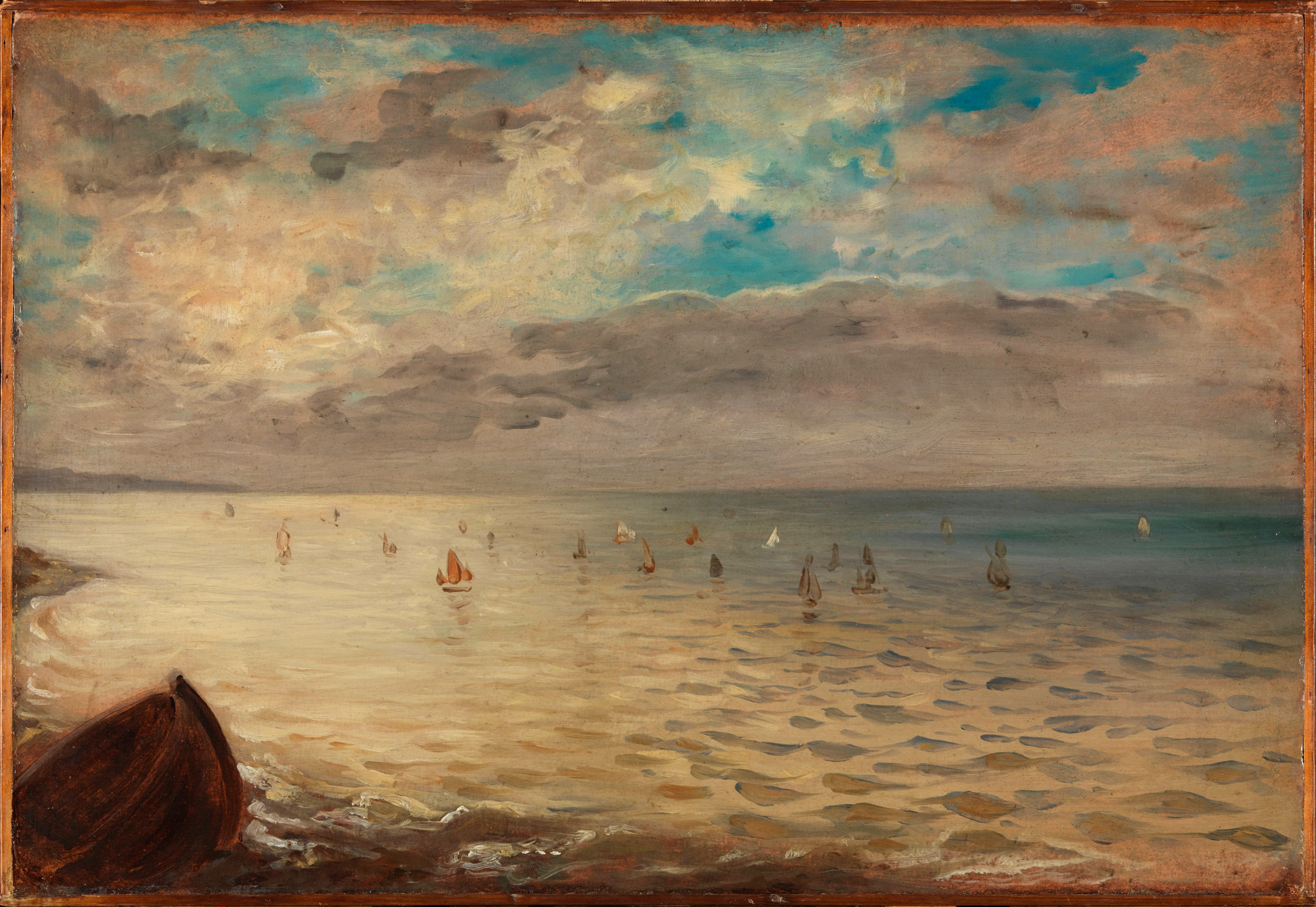
The Sea at Dieppe, ca. 1852, Musée du Louvre, Paris.
-
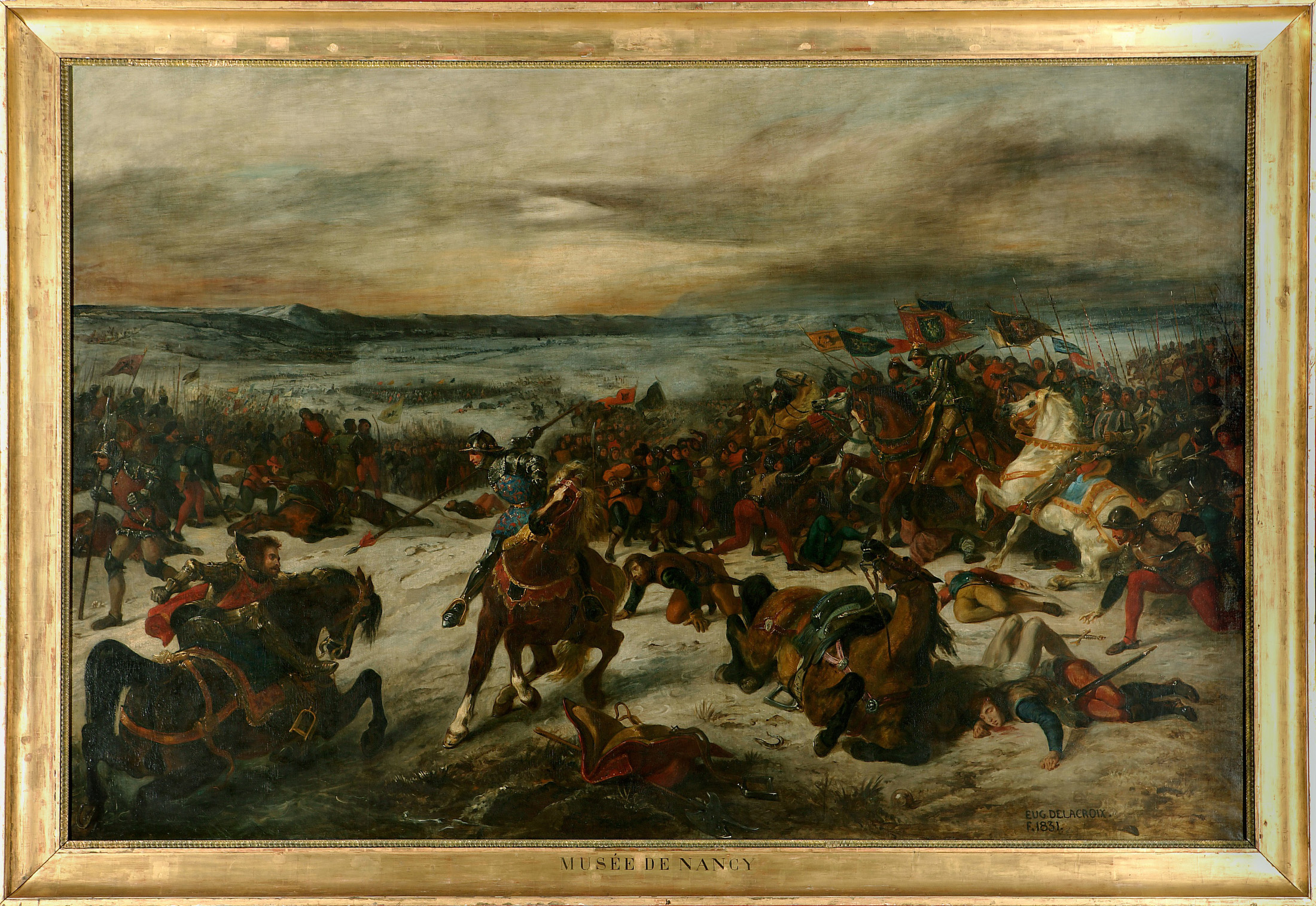
The Battle of Nancy, 1831.
-
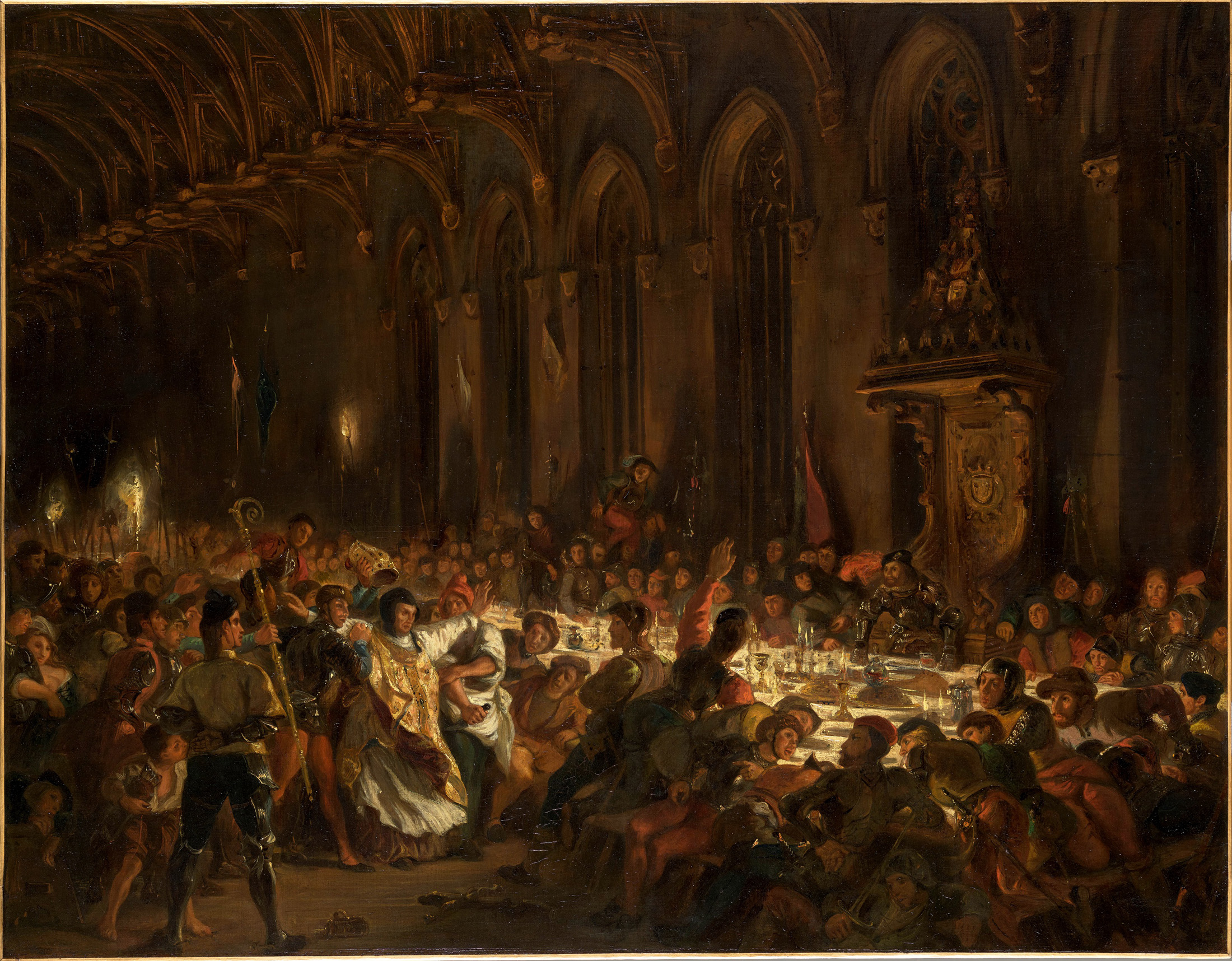
Murder of the Bishop of Liege, 1829, Musée du Louvre, Paris.
-
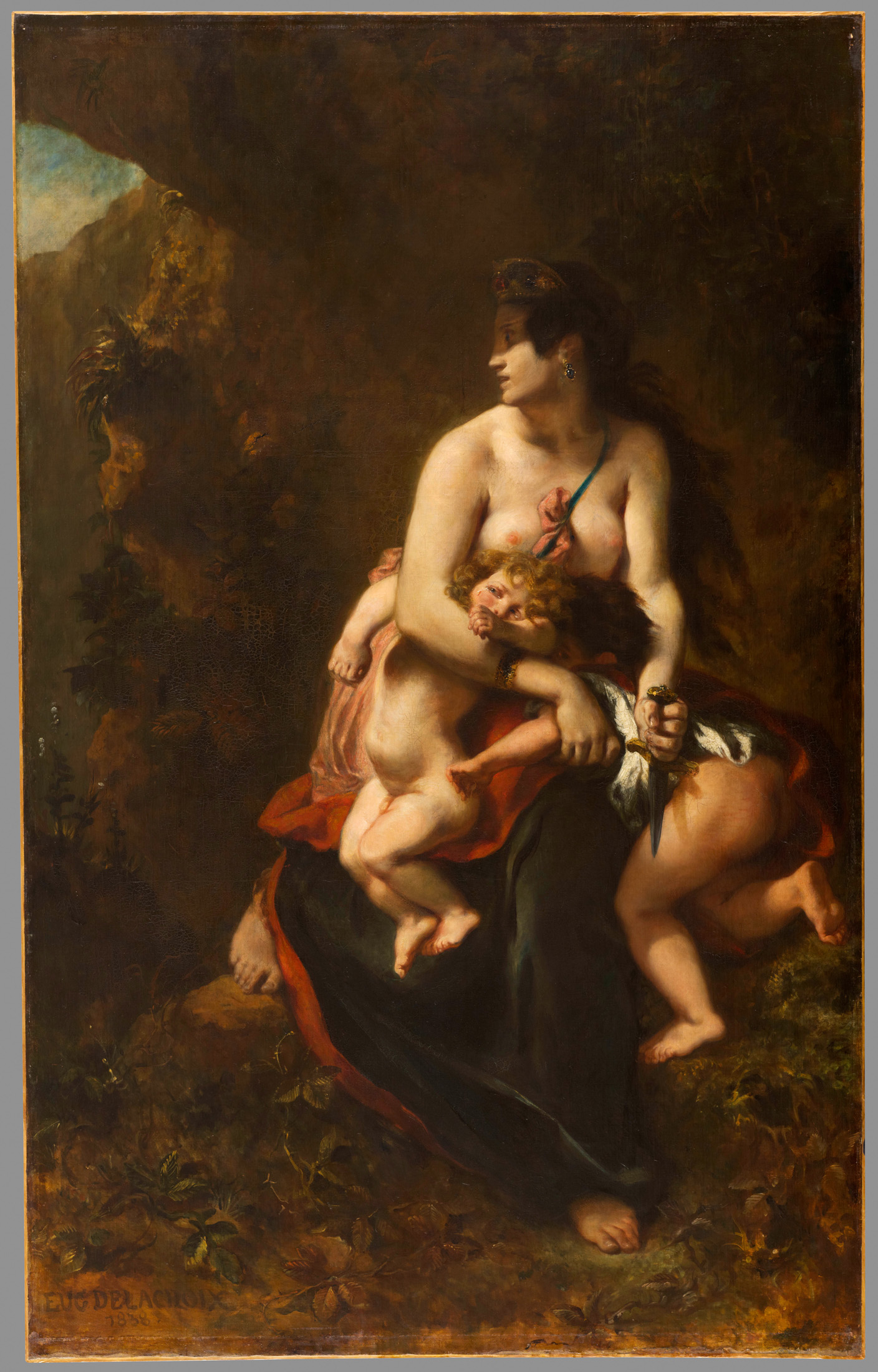
Medea About to Murder Her Children, 1838.
-
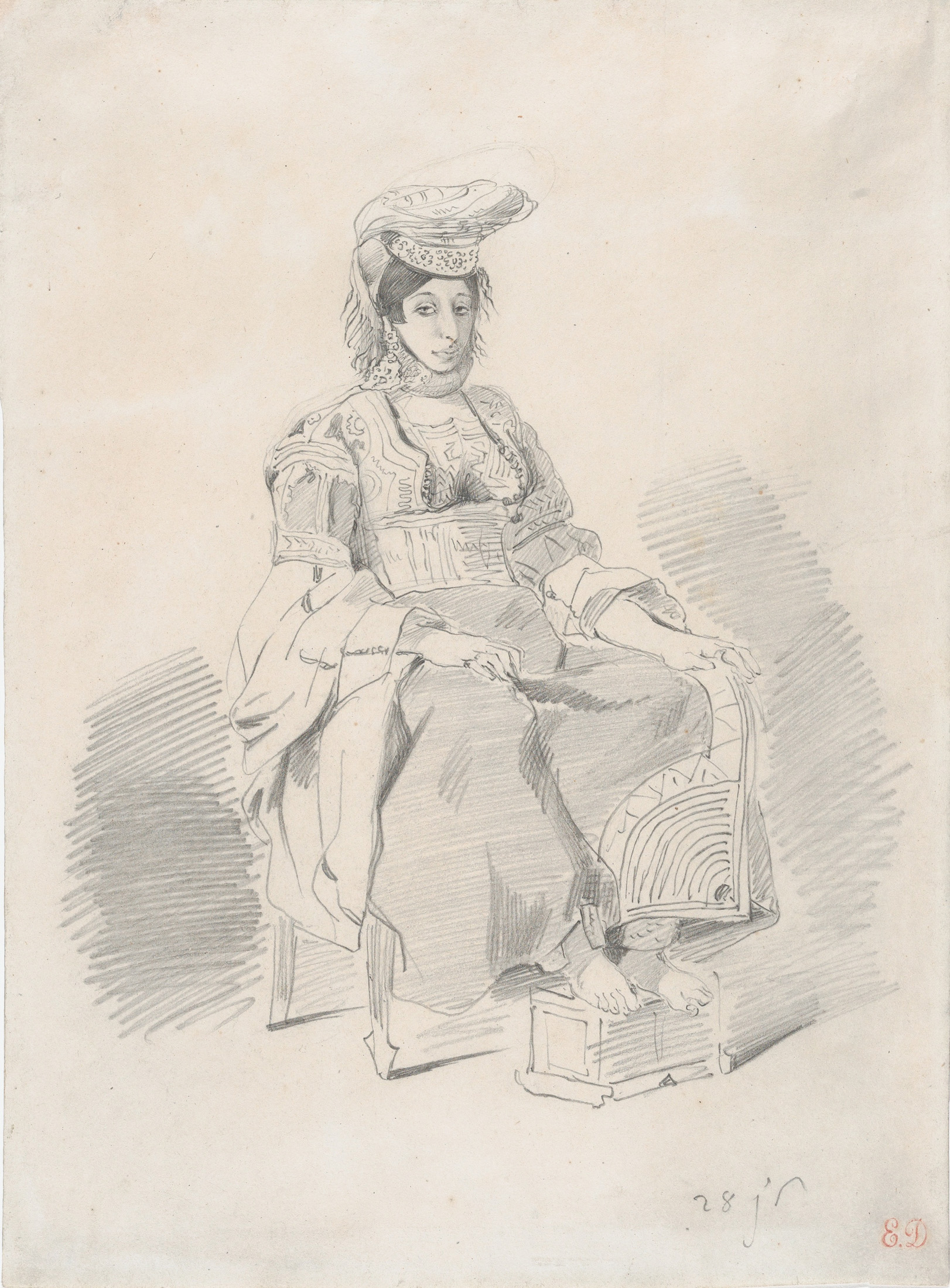
Jewish Woman of Tangier, 1832.
-

Mephistopheles Aloft, Musée des Beaux-Arts de la Ville de Paris, Petit Palais.
-
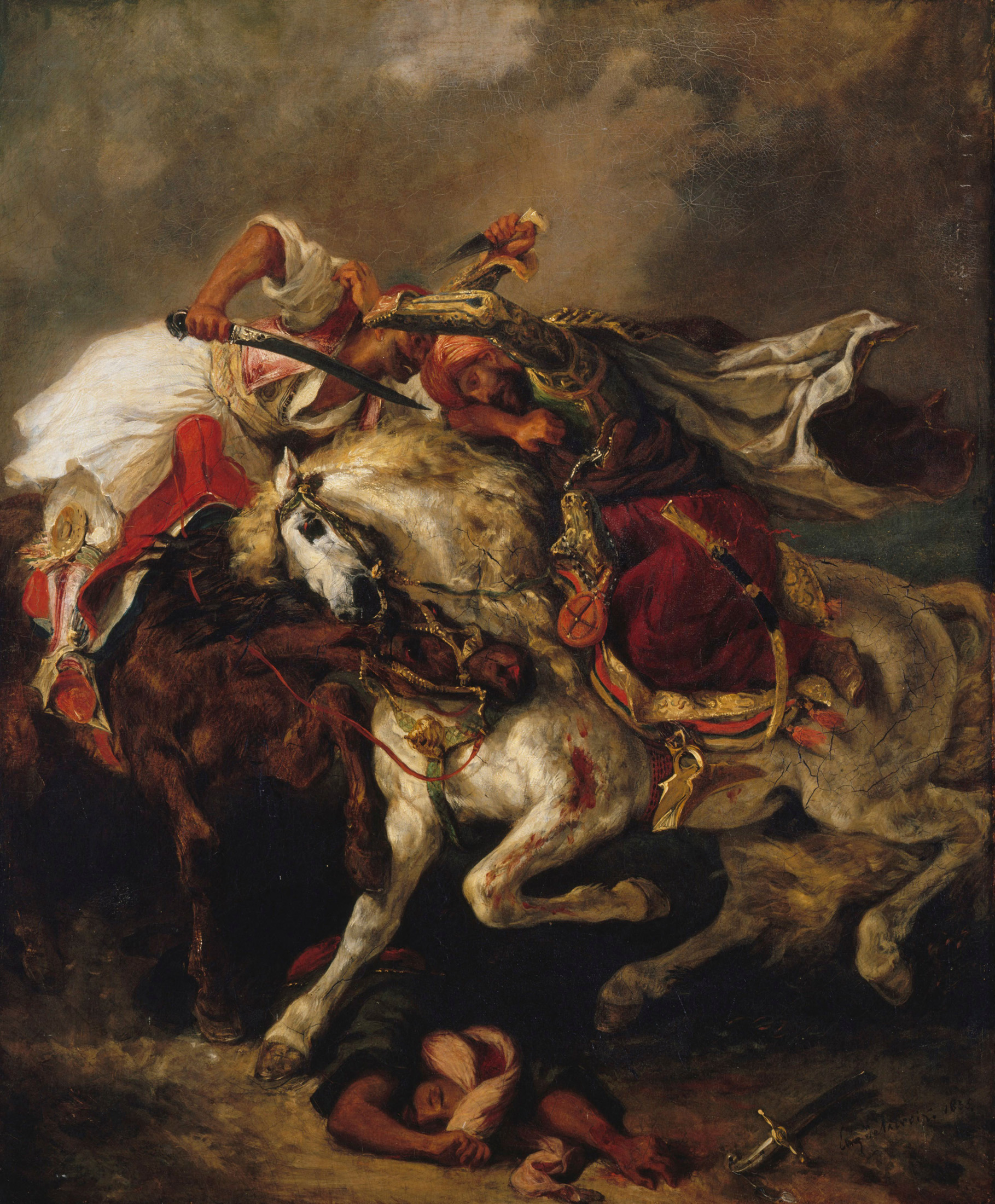
Combat of the Giaour and the Hassan, 1835.
-
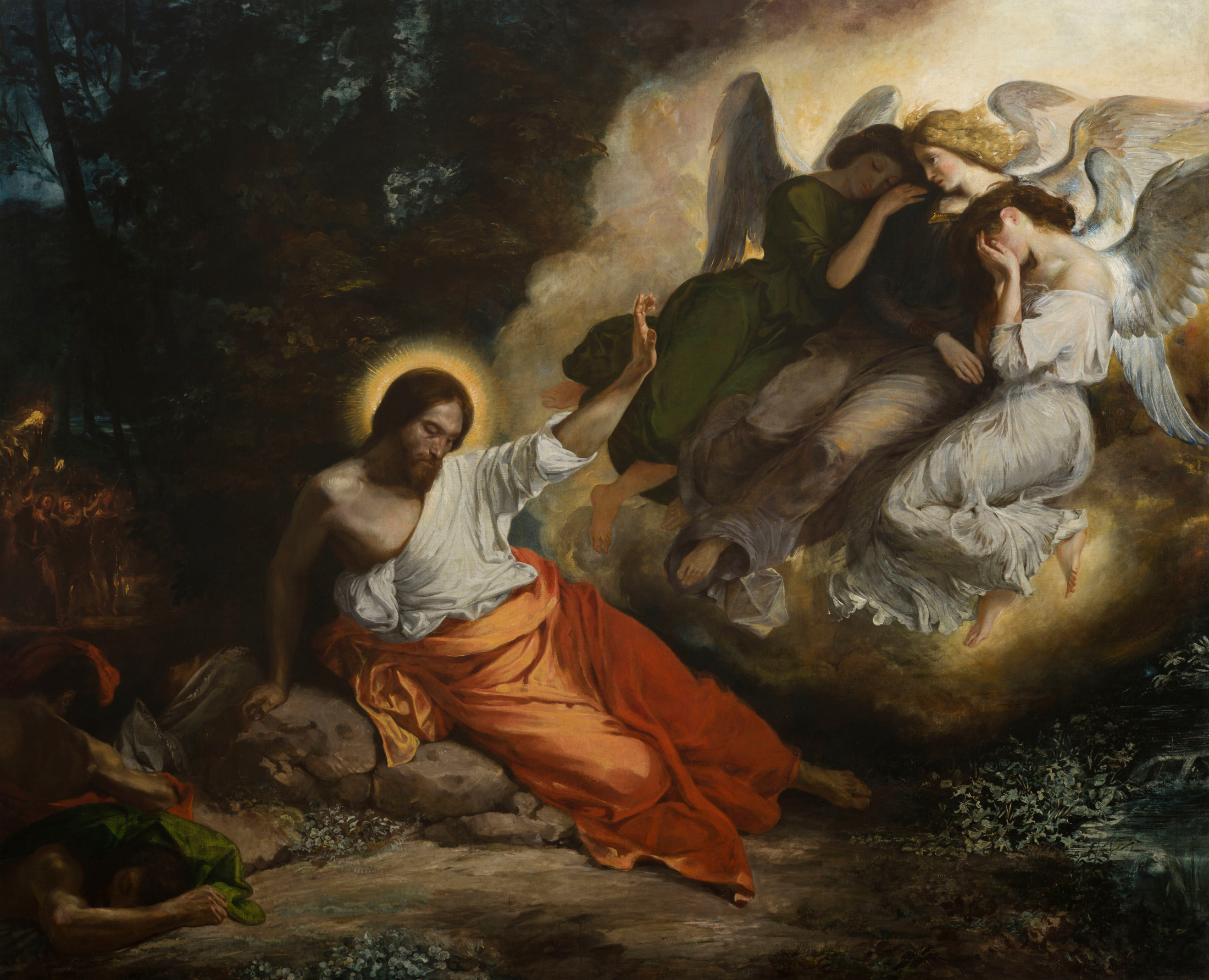
Christ in the Garden of Olives, 1827.
Eugéne Delacroix at the MET
A retrospective exhibition of the renowned French artist.
French painter and lithographer Eugéne Delacroix dazzled the world with his large canvasses scorched with brilliant colours and drama. Considered the leader of the Romanticism movement, his style of painting greatly influenced Impressionist artists such as Édouard Manet and Paul Cézanne. Now, the first comprehensive exhibition in North America dedicated to Delacroix is on display at the Metropolitan Museum of Art, presented in collaboration with the Musée de Louvre.
Simply entitled Delacroix and on view until January 6, 2019, the exhibition encompasses 150 paintings, drawings, prints, and manuscripts—including some which have never before been seen in the U.S. Delacroix takes visitors on a chronological journey through his life and career from 1798 to 1863.
His early critically acclaimed paintings like Greece on the Ruins of Missolongh (1822) forces onlookers into action, while the illuminating Christ in the Garden with Olives (1824-1827) plays expertly with light and shadows. The latter was removed from high on the walls of Church Saint-Paul-Saint-Louis in Paris specifically for this exhibition.
The exhibition encompasses 150 paintings, drawings, prints, and manuscripts—including some which have never before been seen in the U.S.
In 1832, Delacroix travelled to North Africa in search of inspiration outside Paris. During his extended sojourn here he produced over 100 works, including Women of Algiers in Their Apartment (1834). The stunning masterpiece depicts the women of a wealthy Muslim family in sequestered rooms. Dressed in sumptuous silks with golden threads and sequins, the women recline on Turkish rugs and thick velvet cushions.
North Africa still proved exciting to Delacroix three decades later, as seen through Lion Hunt (1855). This painting expressively illustrates men in Arabic clothing on majestic horses, circling a lioness with their swords drawn. In the forefront, the male lion, defending his mate, has attacked and dragged one of the men down.
In his later years, amidst the post-Revolution unrest in Paris, Delacroix retreated to his home in the countryside. There, he painted bright floral compositions and out-of-doors greenery seen in Basket of Flowers (1848-49). These smaller, more intimate canvasses evoke a sense of harmony.
Through a vibrant display of Delacroix’s rich breadth of work, this retrospective is a stunning homage to one of the most influential artists of the 19th century.
The exhibition will be on display from September 17, 2018 to January 6, 2019 at the Metropolitan Museum of Art in New York.
_________
Never miss a story. Sign up for NUVO’s weekly newsletter, here.

